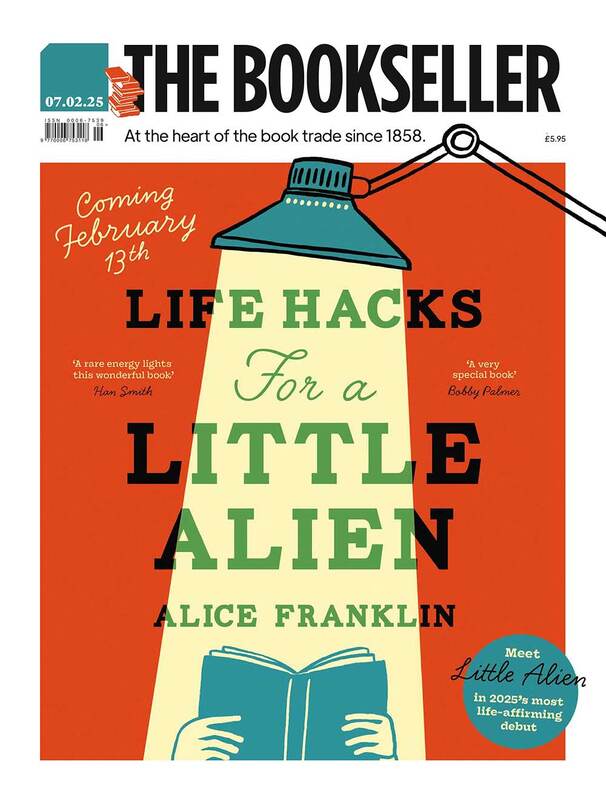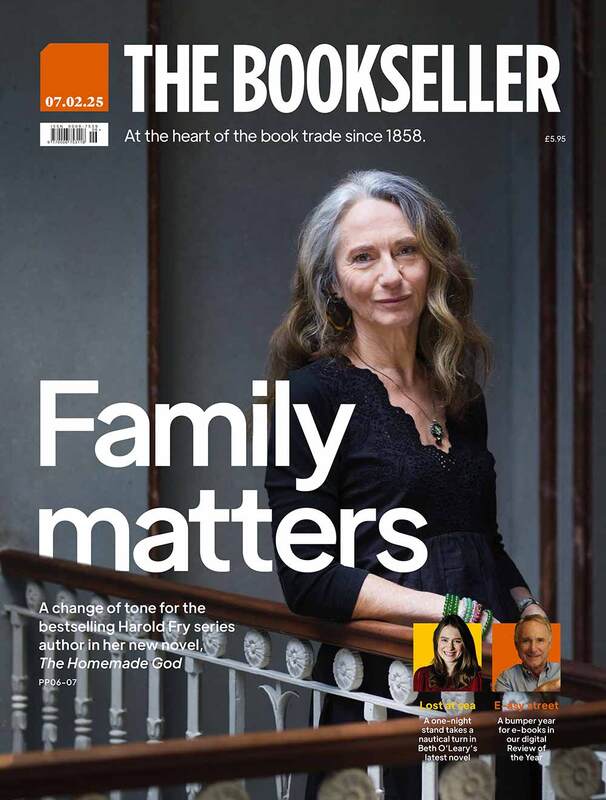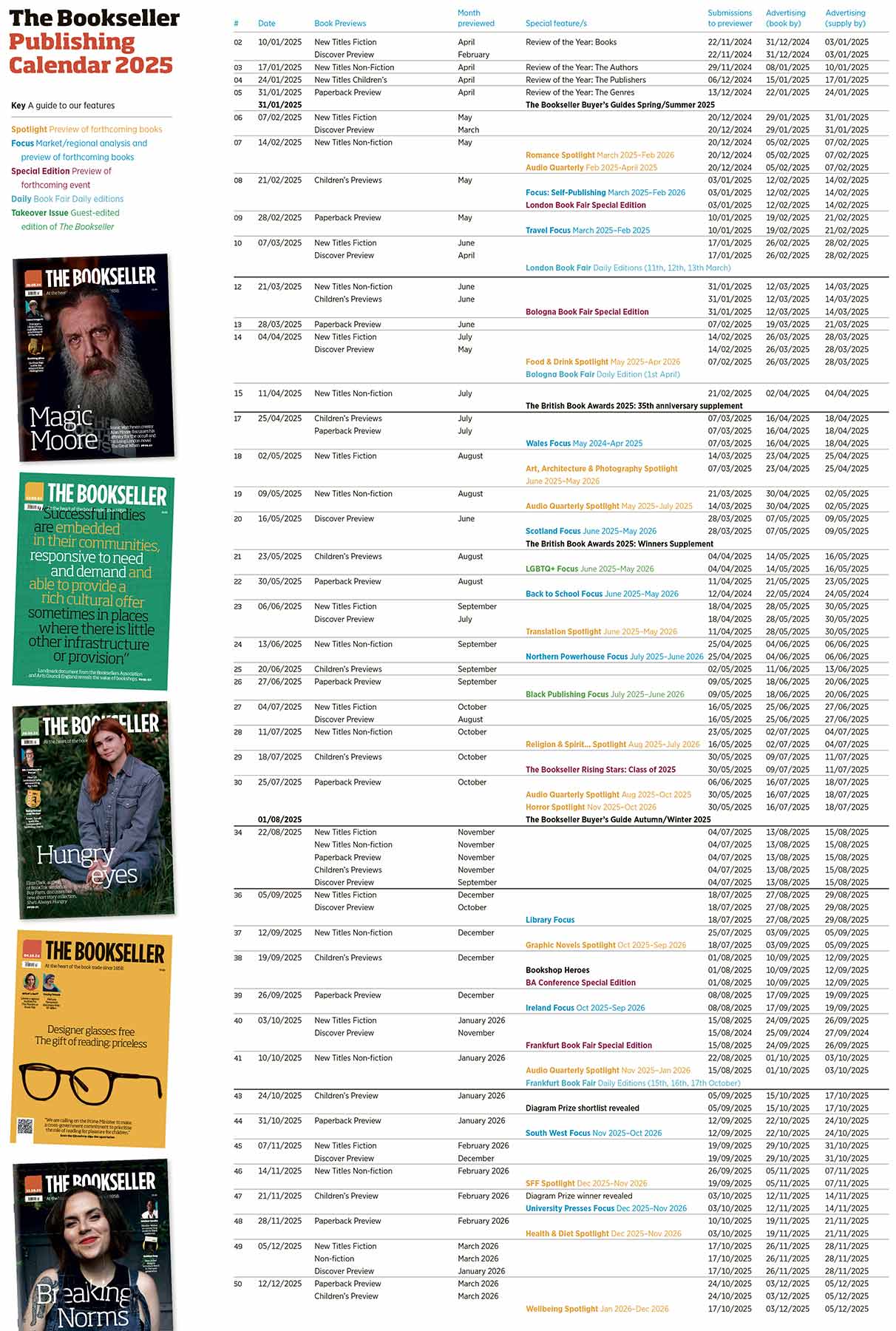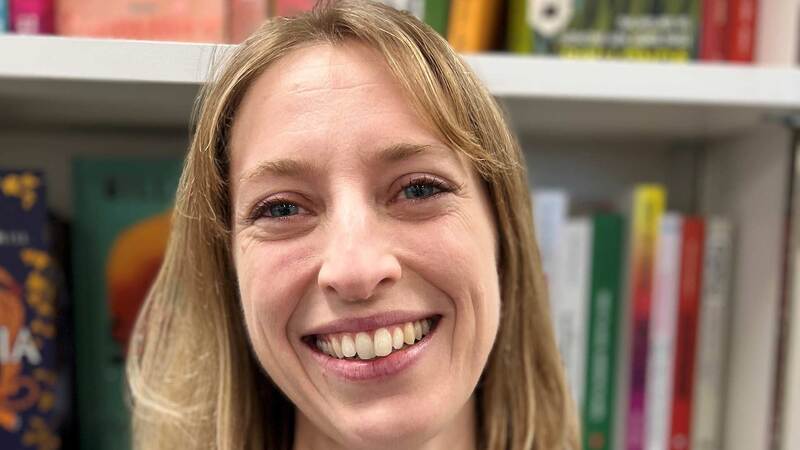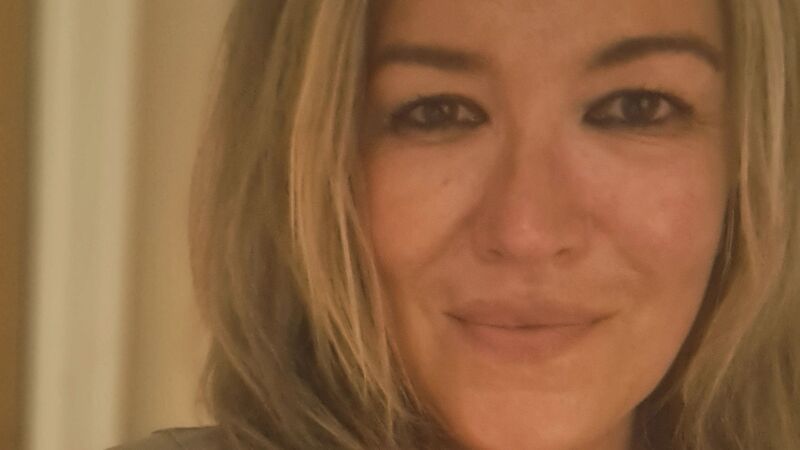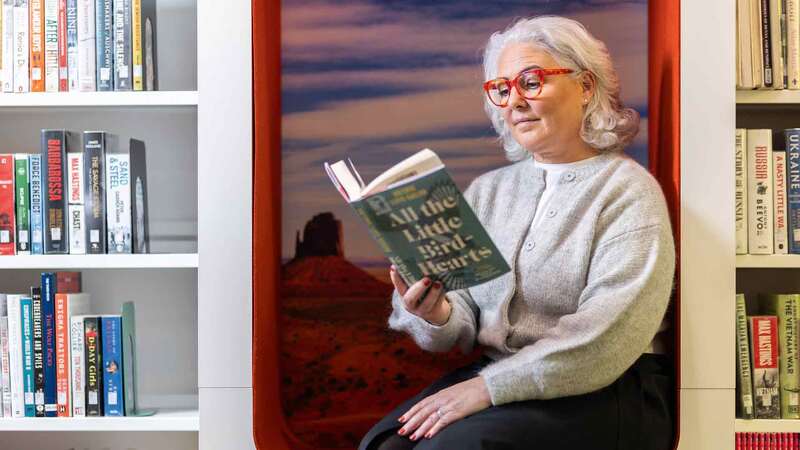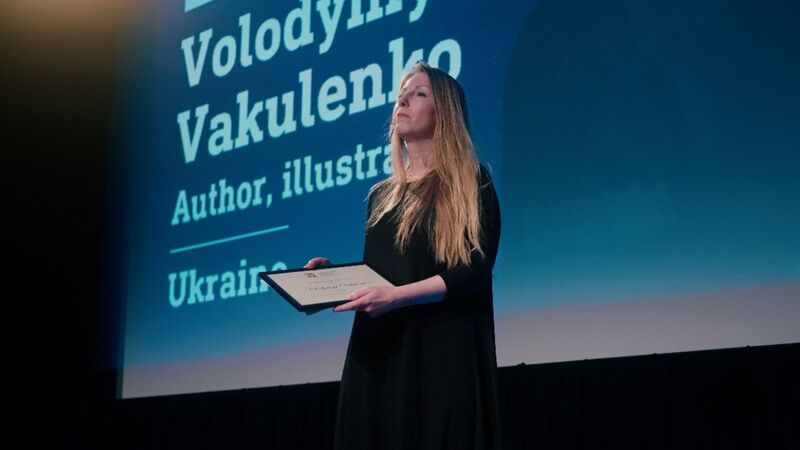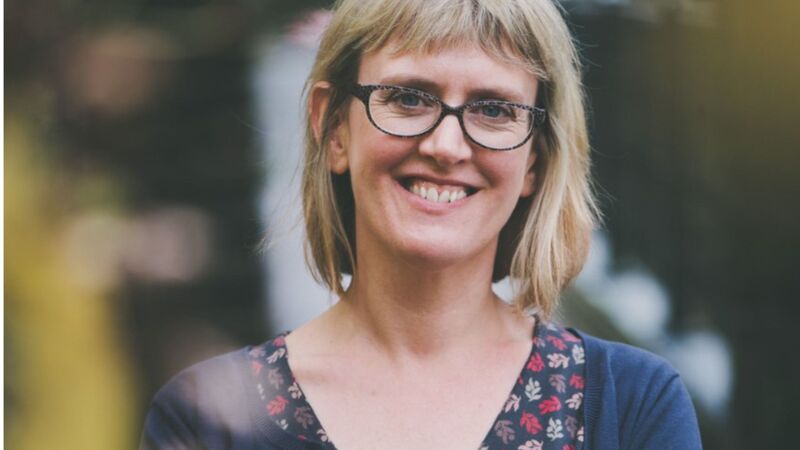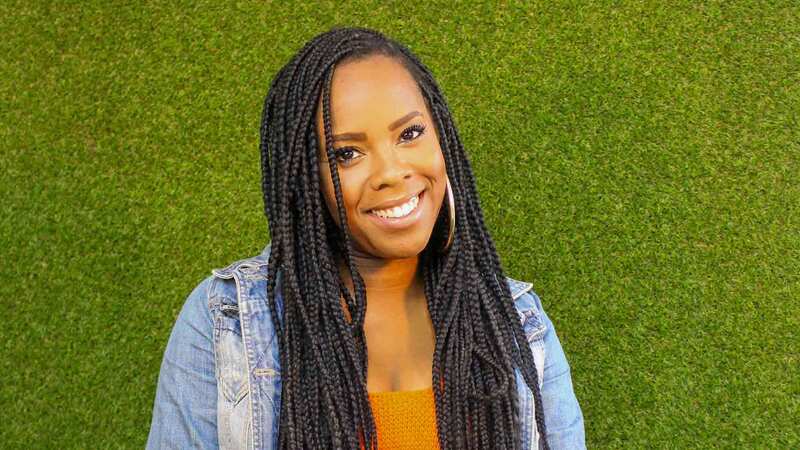The new year augurs well for front and backlist

At the Frankfurt Book Fair last year, Hachette UK and US chief executive David Shelley asserted that this was becoming a “big author business”, rather than a big book one. “It is increasingly about authors, so not just one book,” he said, adding that readers want to read everything an author has written. He highlighted American author Elin Hilderbrand whose novel The Perfect Couple was adapted into a series starring Nicole Kidman and released by Netflix. Other authors enjoying this halo effect are Freida McFadden, Sarah J Maas and David Nicholls.
With this in mind, and following my piece last month on this magazine’s redesign, you may spot something a little different about the lead author profile with Maggie O’Farrell this week. There is no new book. Instead, the piece is about her 25-year career, with her publisher, Headline, to reissue eight of her backlist titles on 27th March ahead of a film version of her Women’s Prize-winning novel Hamnet to be released later this year. It follows what was dubbed the year of David Nicholls, whereupon Hodder built a nine-month long publicity campaign around his new book, You Are Here, which also took under its wing the Netflix adaptation of his bestseller One Day (and also included an interview with The Bookseller).
We are cautious about such pieces. Brands, by their very nature, enjoy a visibility advantage over new writers or authors who have yet to have a breakthrough book. We remain, too, predominantly, a new books operation. As with the first issue of the redesign, there are more than 200 new titles featured in our previews sections this week. This reflects the industry. We do not have full visibility, of course, and while there has been some excellent work around backlist redevelopment and brand building by commercial publishers, their focus remains on frontlist titles. I also wonder if Shelley is slightly overstating the shift. While the Top 50 2024 is dominated by brands such as Richard Osman, Colleen Hoover, Maas and McFadden, the general trend is in the opposite direction. As my colleague Tom Tivnan notes, there has been a decline in the share derived from bestsellers. The Top 50, for example, generated £79.4m out of a total market worth £1.8bn, well off last year’s £96.9m. The Top 100 books last year shifted £114.8m against 2023’s £139.3m. Furthermore, some established brands like Jamie Oliver, David Walliams, Lee Child, and even Osman, actually fell back, with sales of new hardbacks in particular softening.
Brands, by their very nature, enjoy a visibility advantage over new writers or authors who have yet to have a breakthrough book
There are a few caveats here. First, the poor performance of the non-fiction market over 2024 – and by contrast steller fiction sales – skews the analysis somewhat. In short, the big non-fiction bets, other than Miranda Hart and Boris, did not pay out when they ought to have dominated the top spots. Second, the lack of digital data, from e-book sales but also now increasingly from audio downloads/streaming, mean our lens is obscured. Again, the popular view is that sales trends in that environment lean towards names, brands and bestsellers, but actually writers such as McFadden and other rising stars like Elsie Silver show how they can widen the funnel and build new talent.
The book business is at its best when no one bit dominates the rest. As Waterstones’ COO Kate Skipper said in the predictions piece that ran on thebookseller.com earlier this week: “Backlist remains the engine to the industry.” While nourishing this is part of our day-to-day job, replenishing it is also vital.

